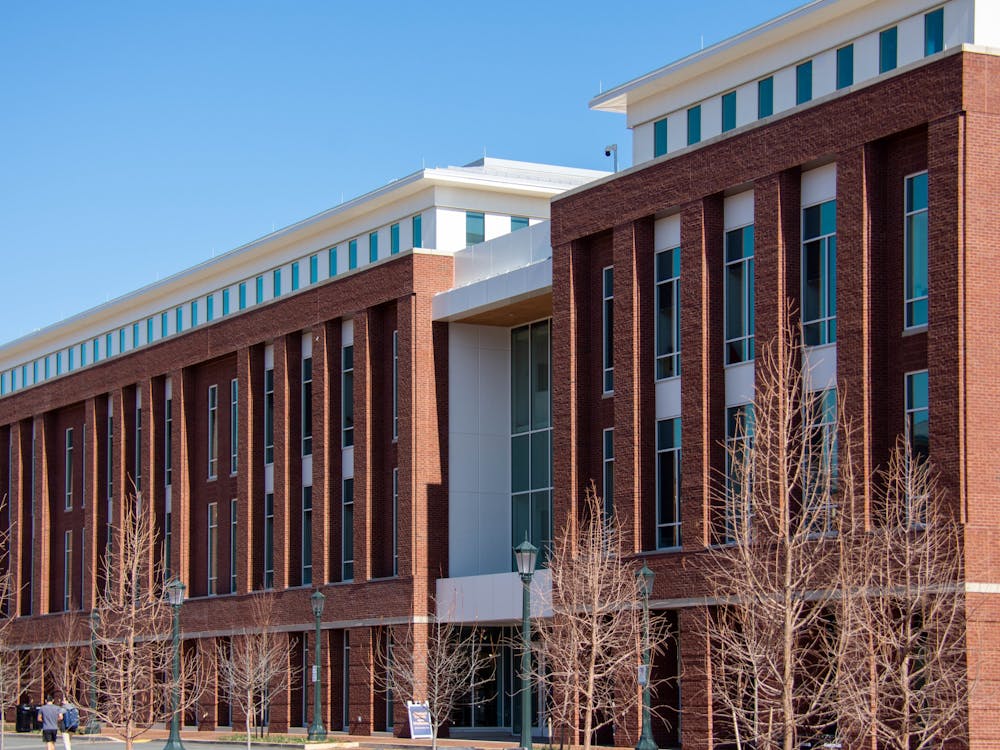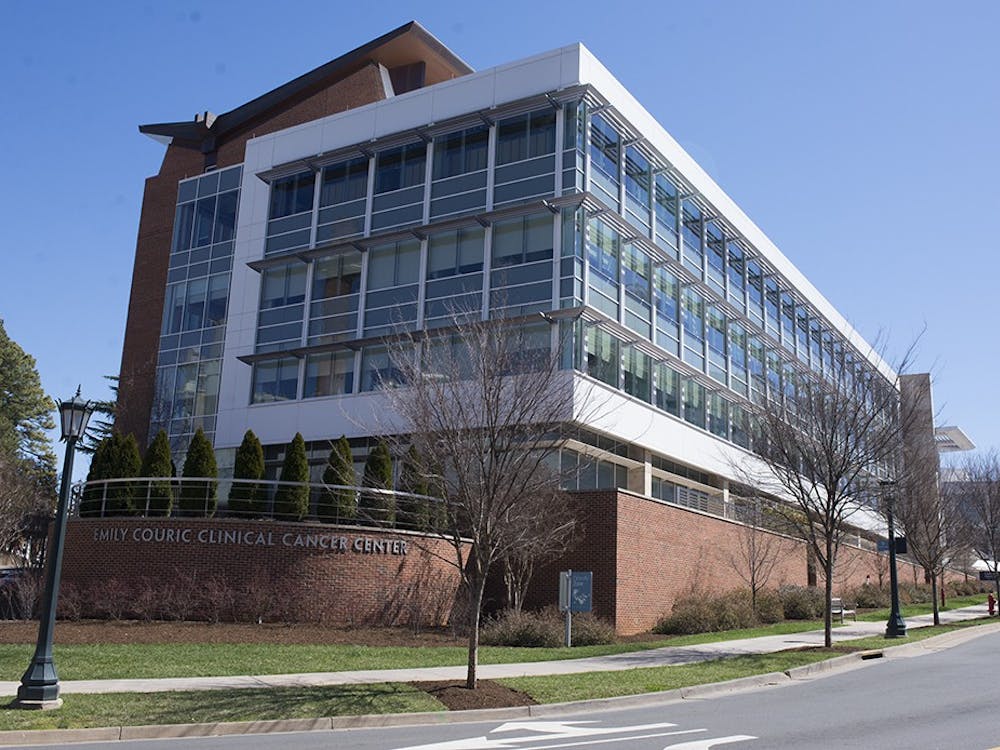Virginia is becoming a fat state. And yes, Virginia -- despite being home to Pharrell and Missy "Misdemeanor" Elliott -- that is F-A-T, not P-H-A-T.
The federal Behavior Risk Factor Surveillance System, a subset of the Center for Disease Control and Promotion, found 23.7 percent of 1,027 Virginia adult residents contacted in a 2002 telephone survey qualified as being obese.
Virginia has had the largest nationwide increase in the percentage of citizens who are obese in the last 12 years.
Only 9.9 percent of the 170 Virginians contacted in a 1990 survey qualified as being obese. Only twice between 1990 and 2002 -- 1994 and 2000 -- did the percentage of those obese fail to increase. Over the same 12-year period, the proportion of obese Americans rose from 11.6 to 22.1 percent.
Startlingly, one in three Virginians diagnosed as obese was a child, according to Healthy Virginians statistics.
A 2002 Virginia Department of Health study found 58.8 percent of Virginia adults also are overweight or obese, according to a VDH press release.
Because of an emphasis on video games and a sedentary lifestyle, "we've set society up for this epidemic," said Anna Miller, Obesity Clinic patient care coordinator at the University Health System.
Richmond is attempting to combat the obesity epidemic.
This spring, the VDH is hosting meetings around the Commonwealth with school, medical and faith-based groups to discuss how to control obesity. The program is entitled "Commonwealth's Healthy Approach and Mobilization Plan for Inactivity, Obesity and Nutrition," or CHAMPION.
"Obesity is a serious problem for Virginia," State Health Commissioner Robert Stroube said in a press release announcing the meetings. "It shortens people's lives, affects the quality of life and has serious economic consequences," such as health costs, missed work and loss of life.
In 2000, the cost of obesity nationwide added up to an estimated at $117 billion, according to the U.S. Surgeon General.
Three regional meetings have already been conducted in Wytheville, Roanoke and Harrisonburg -- the next three regional meetings will be held in Richmond, Fairfax and Newport News. A meeting with citizens benefiting from public assistance programs was held in mid March, and one with health care providers will be conducted in late May.
Regional meeting participation is open to any citizen, said Yedda Stancil, VDH obesity prevention physical activity coordinator. Residents can register online at the CHAMPION Web site.
At the meetings, participants are broken into working groups that confront and discuss problems facing specific age groups. The goal is to uncover what factors have contributed to Virginia's increase in obese citizens, Stancil said.
Part of the growth can be attributed to "the energy imbalance," she said.
"People are eating more, moving less," Stancil said.
At the conclusion of the meeting series, the department will publish a report of its finding in fall 2005. Recommendations may then be made to the governor's office on possible initiatives and legislations to fight the epidemic.
"It's not the state responsibility to make people skinny" but to make healthy living programs available to the public in case someone wishes to make a lifestyle change, Stancil said.
In determining who is obese, physicians and government officials use the Body Mass Index. The measure, or BMI, is considered an effective but imperfect way to determine whether and individual is obese or overweight. BMI is a non-gender specific measure that compares weight to height and is more reliable than simple weight measurements.
Persons with a BMI between 25 and 29.9 are considered overweight, according to the CDC. Those with a BMI more than 30 are defined as obese.
Disease and conditions commonly related to being either overweight or obese are cardiovascular disease, high blood pressure and diabetes.
According to the Virginia Health System Web site, causes of obesity can range from genetics, metabolic factors, socioeconomic factors and lifestyle choices.
Obesity can also cause joint problems, cancer and other complications. A February 2004 article in the Journal of Clinical Oncology found it is more difficult to treat prostate cancer in obese men.
Drastic surgical treatments for obesity include gastric bypass and gastric stapling procedures. Such options are used in cases when the patient is morbidly obese and other measures like dieting, exercise and medication have been unsuccessful.
Since 1985, the Obesity Clinic at the University Health System has performed close to 270 bariatric laparoscopic surgery procedures, Miller said. The operation, which reduces the size of the stomach, costs $35,000.
Miller attributed the increase in surgeries -- three-fold in the past two years -- to more people qualifying as being obese, more information about the procedure being available on the Internet and celebrities like Al Roker going under the knife.
However, the procedure "is never a first option," Miller said.
To receive the surgery a patient must have a BMI of more than 35, have been referred to the clinic by a primary care doctor and have documented failing of prescribed diets. Generally, the surgery is not performed on patients over age 60.
The procedure is safe, but because the patients are high risk, there can be complications. Two percent of surgeries result in a leaking where there has been stapling, Miller said.
Virginia's staggering increase is not the most glaring eye sore in the region however. West Virginia has the highest percentage of obese people -- 27.5 percent. Further, 64 percent of the Mountain State are overweight or obese, according to 2002 CDC statistics.
Despite having the fastest increase in obesity, Virginia is in better shape than half of the surrounding jurisdictions. Only North Carolina, Maryland and the District of Columbia have lower percentages of obese residents.






